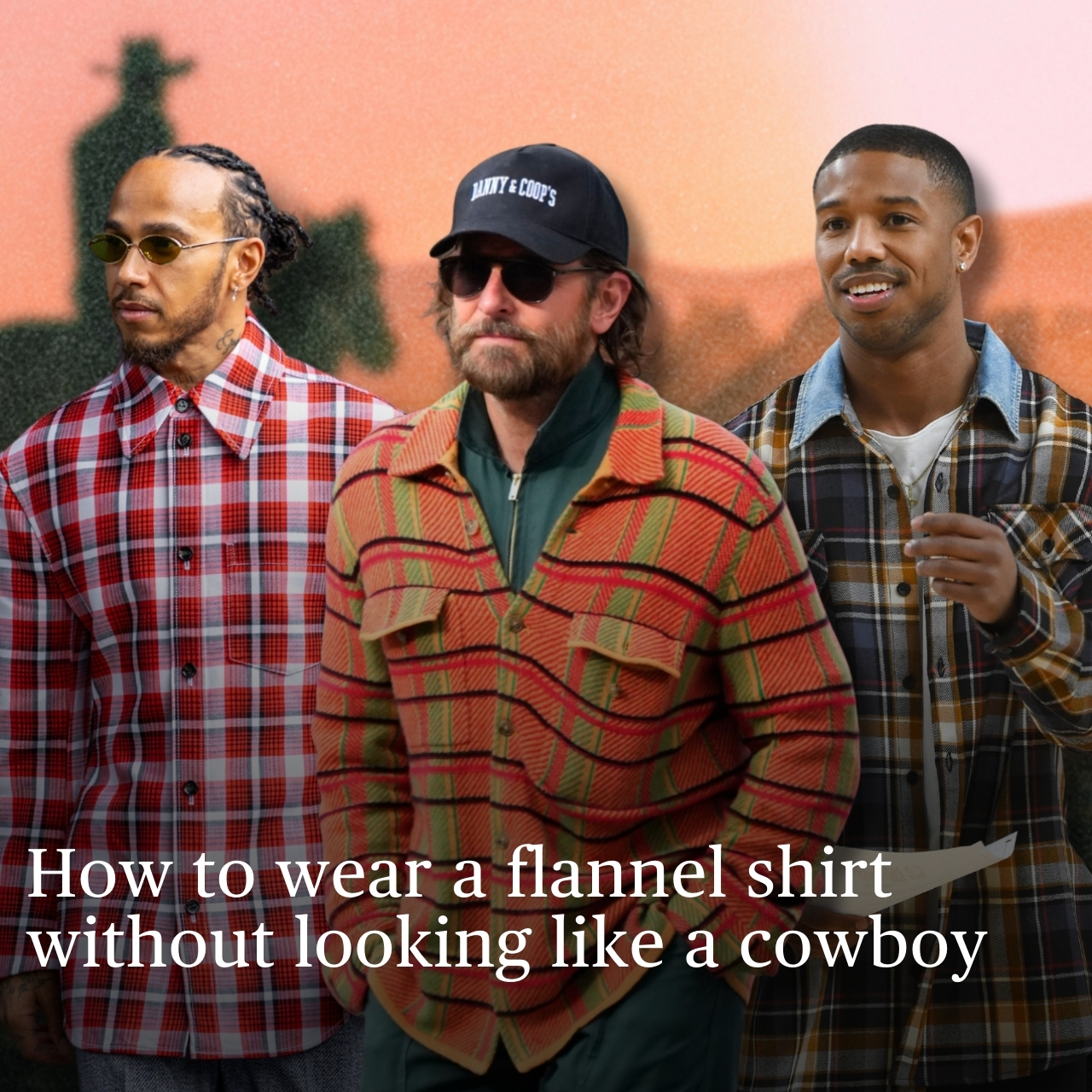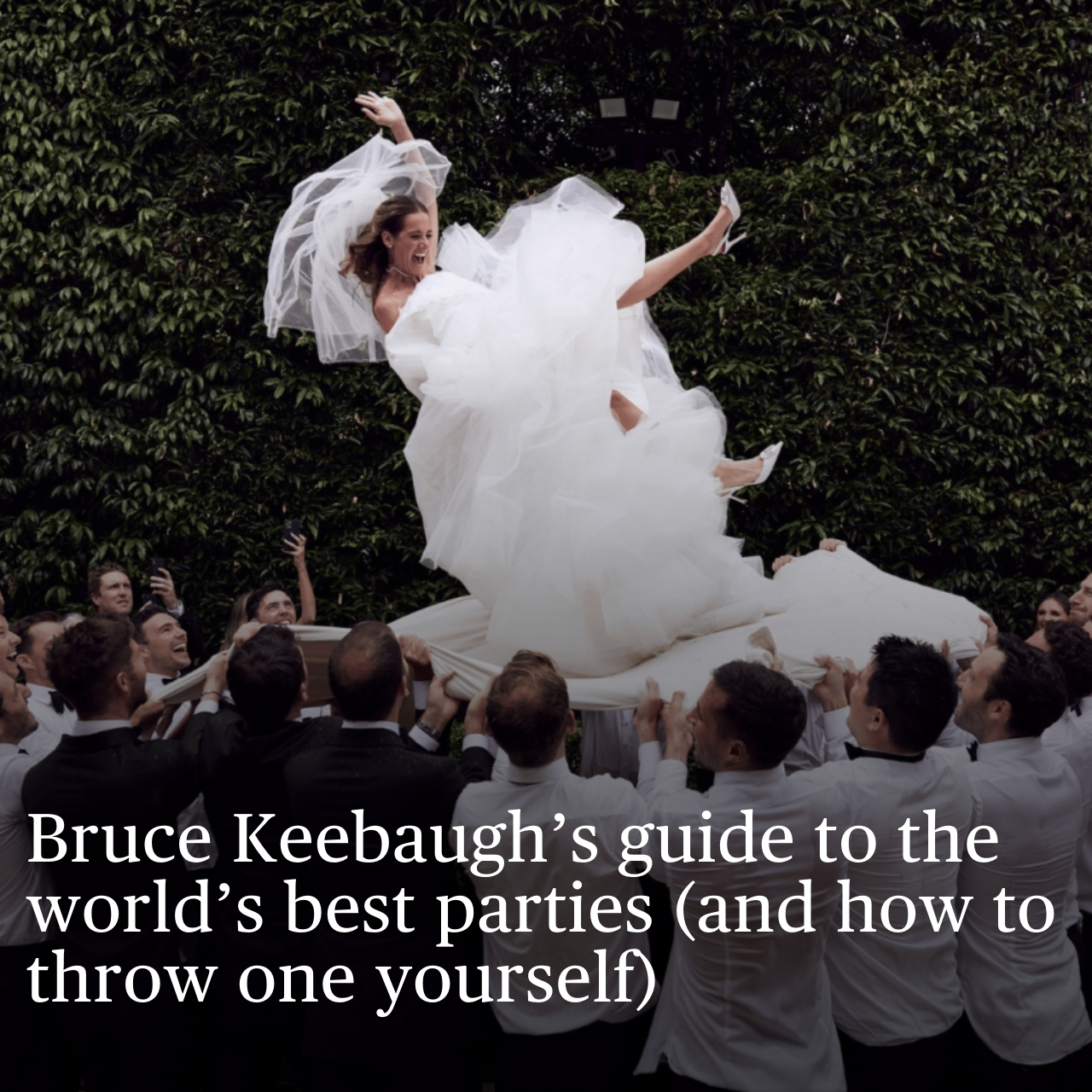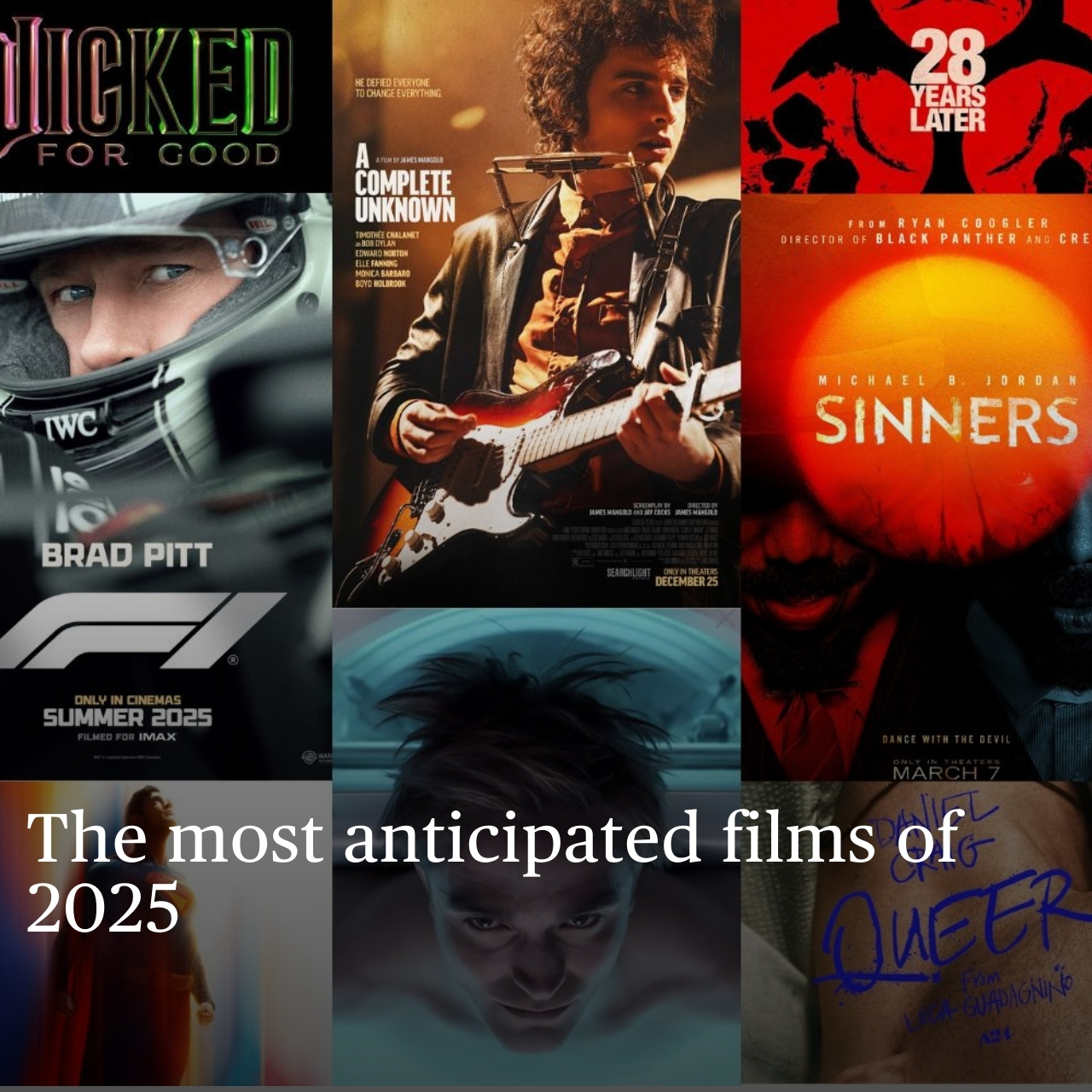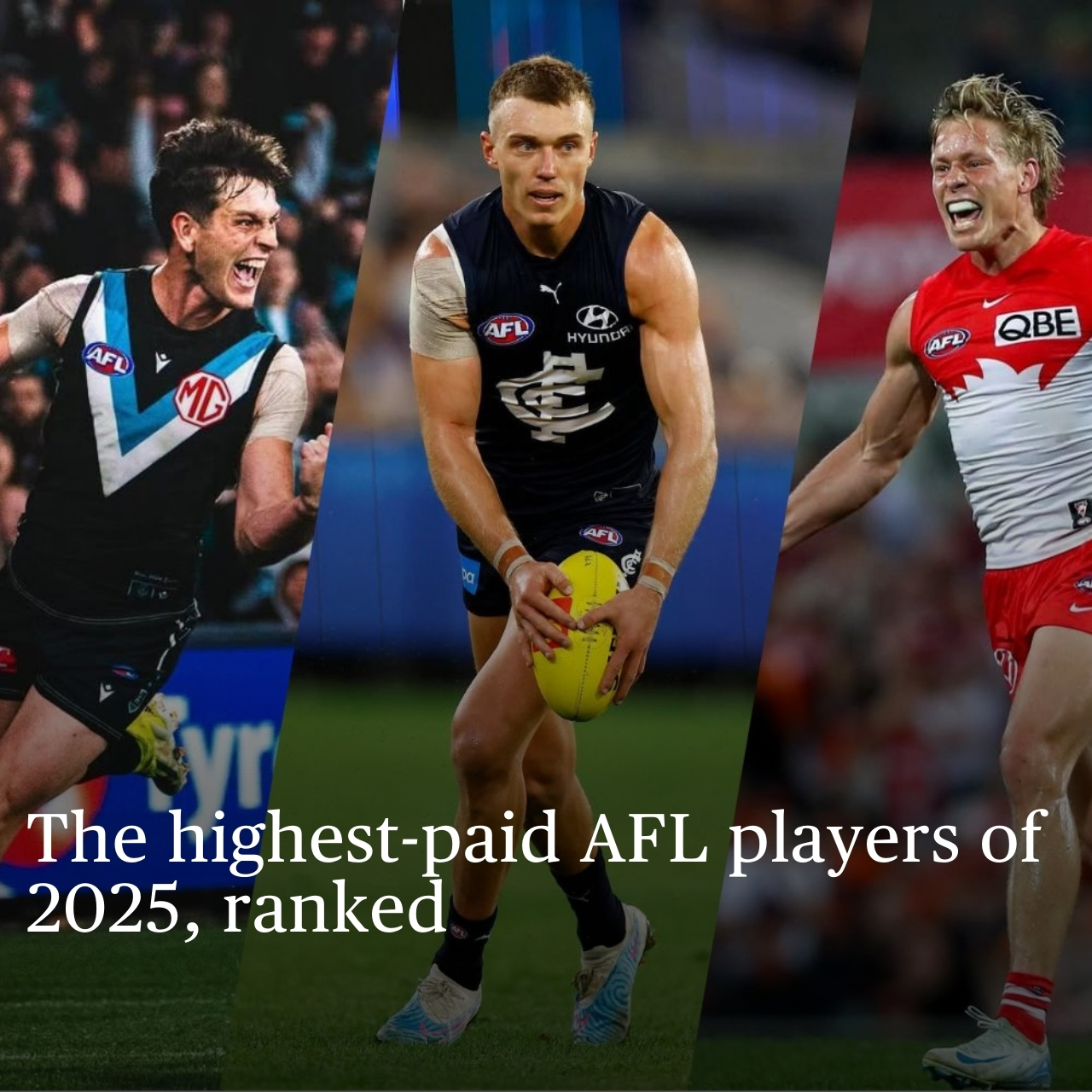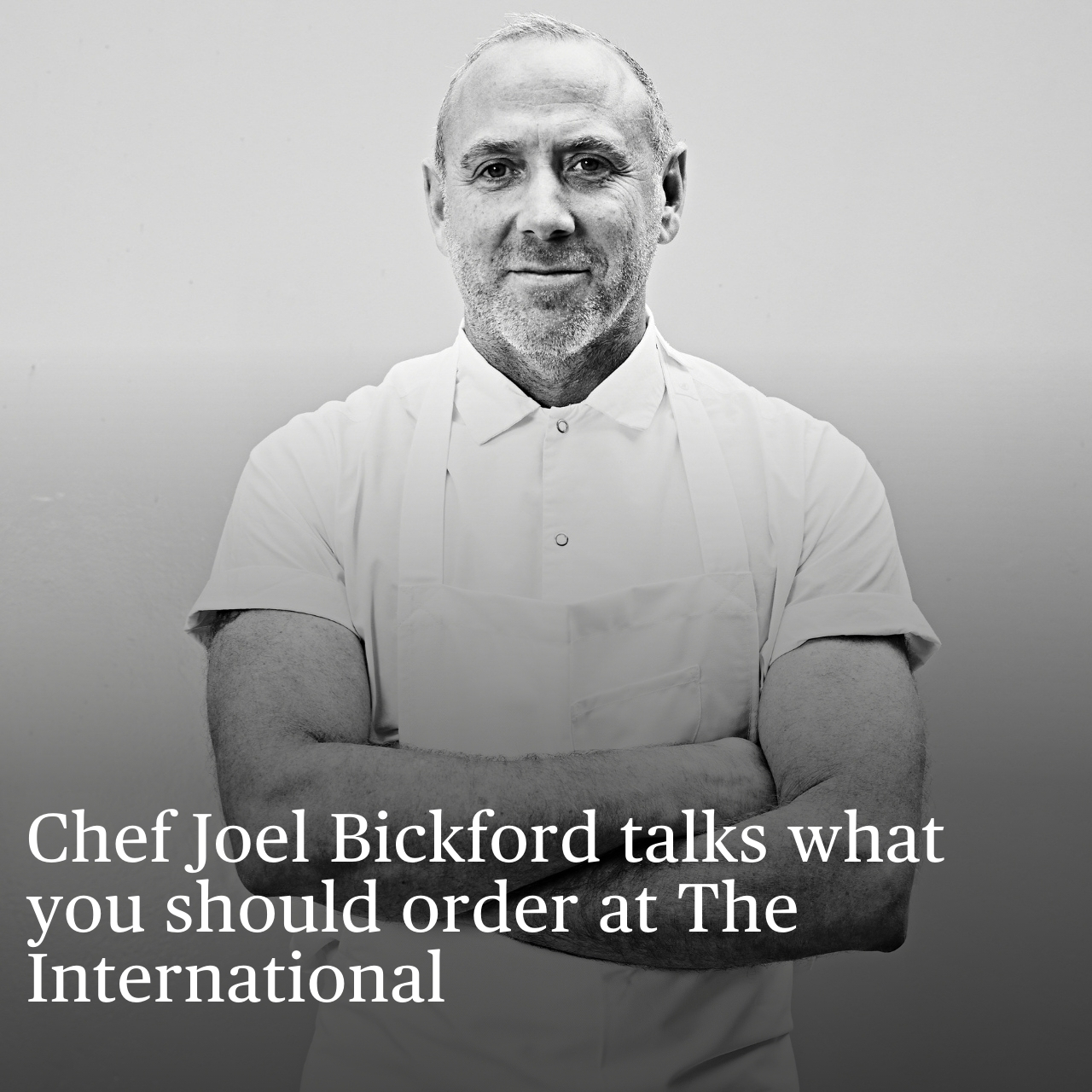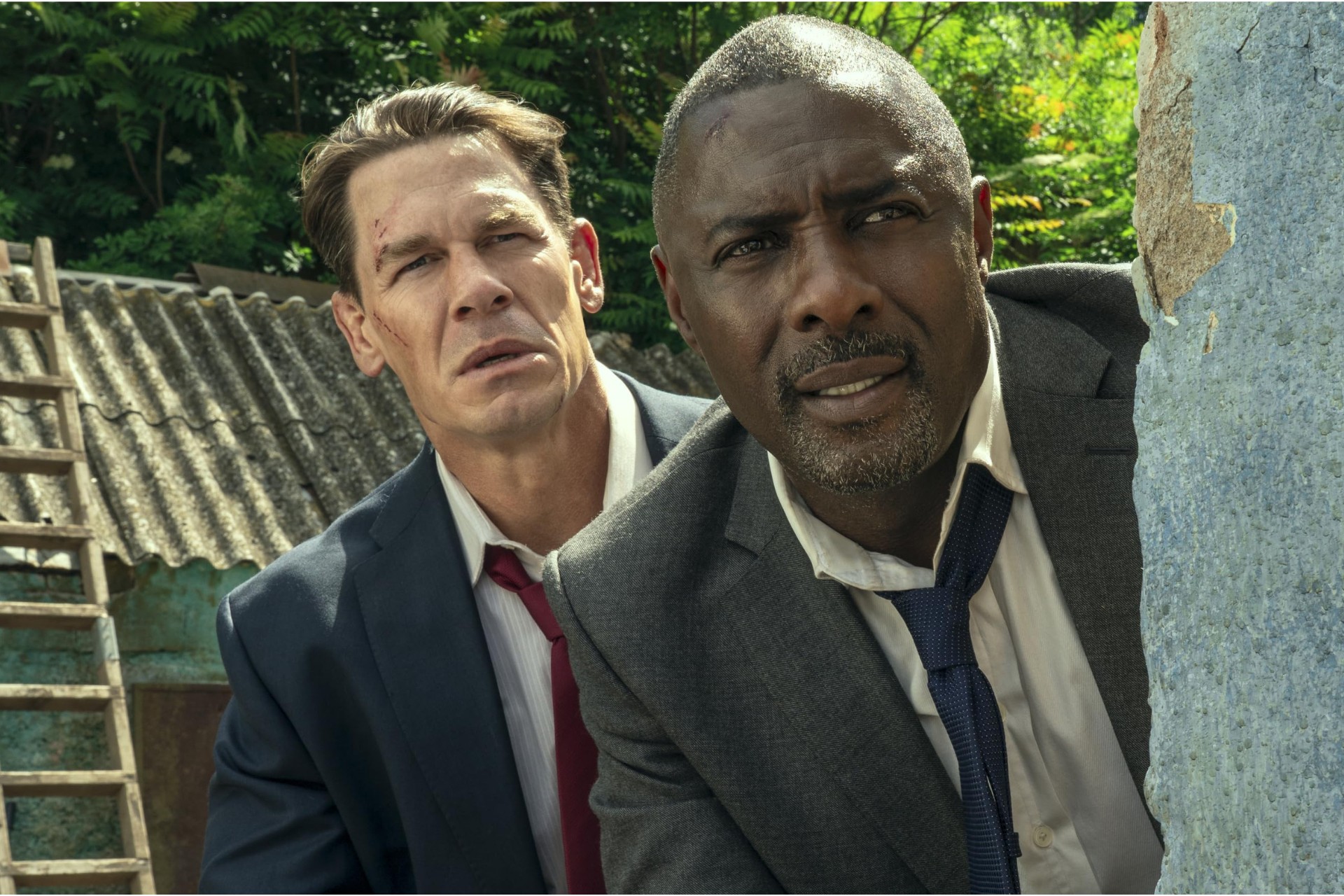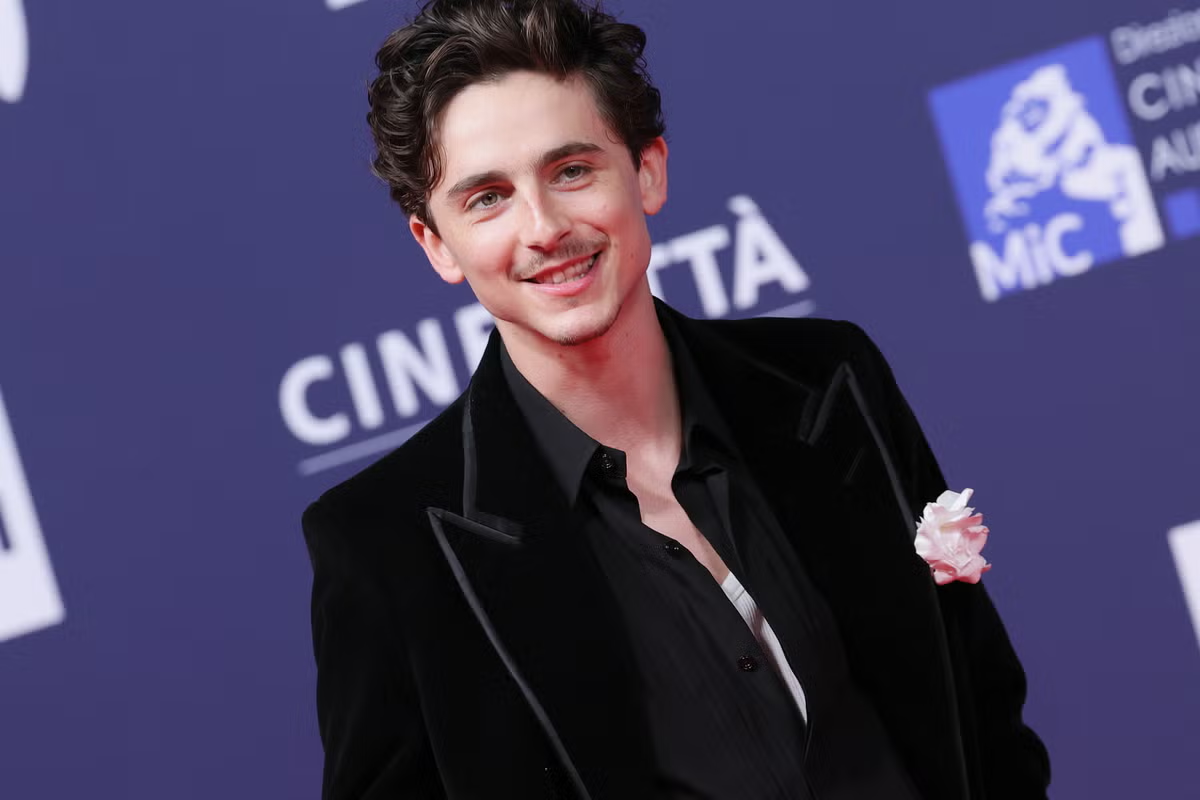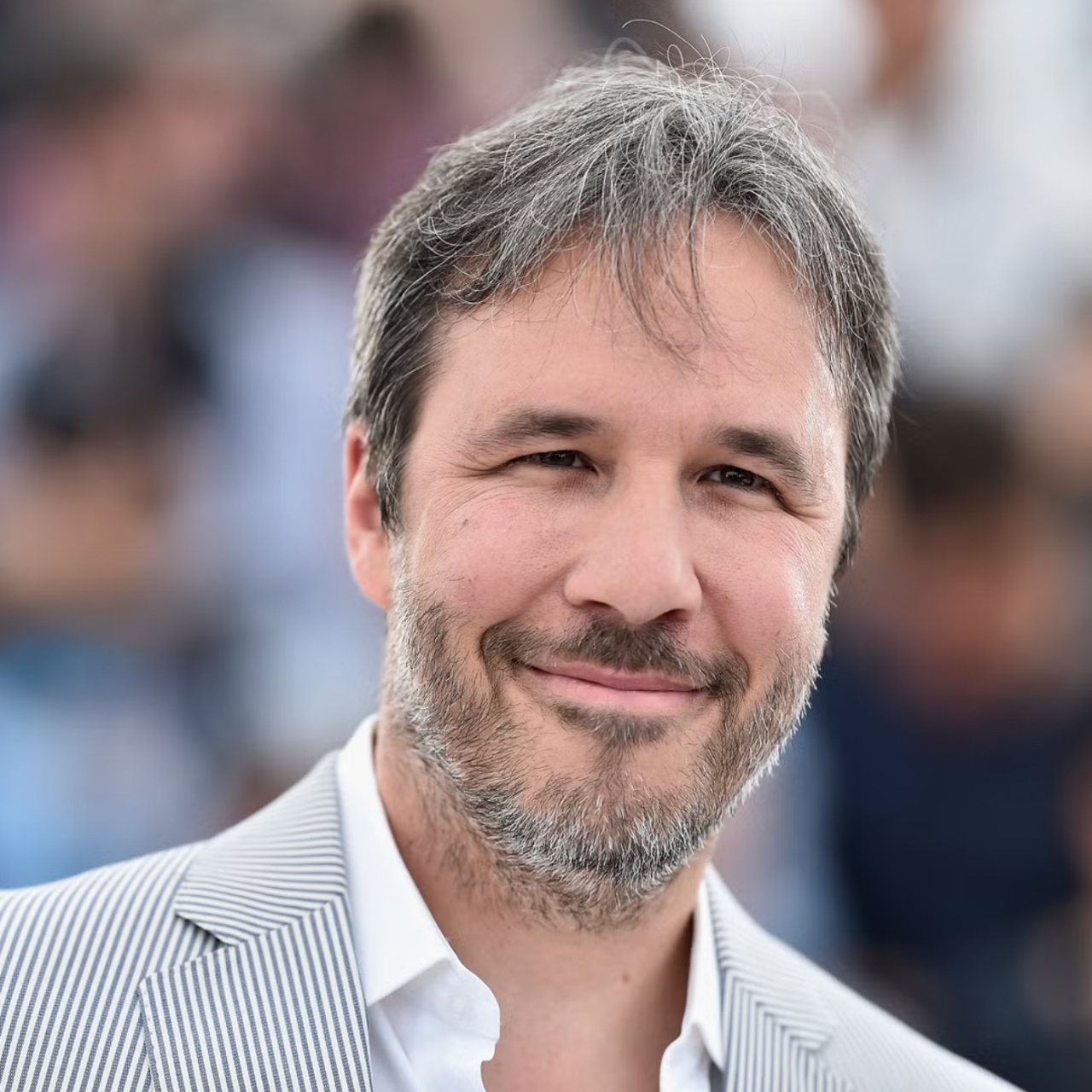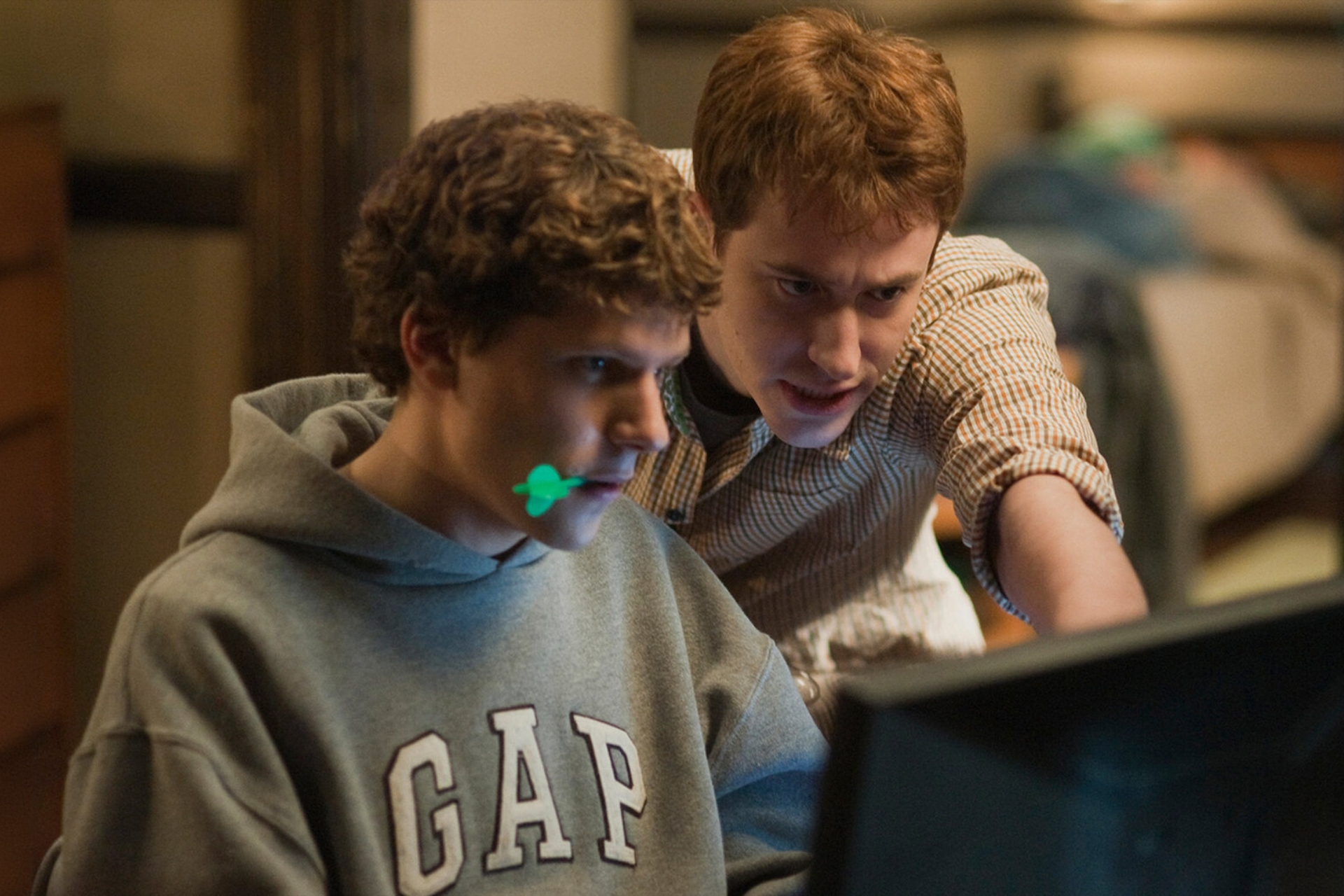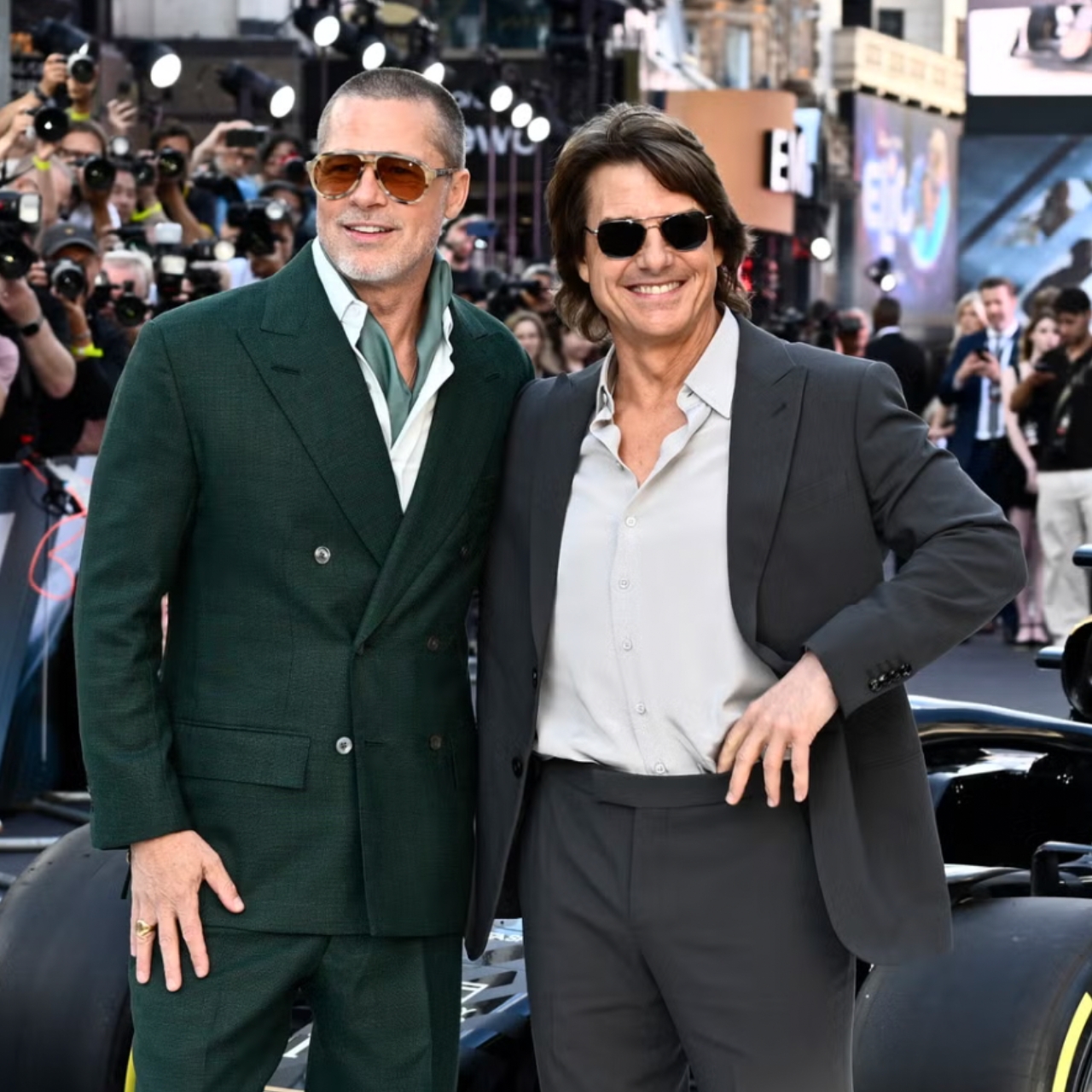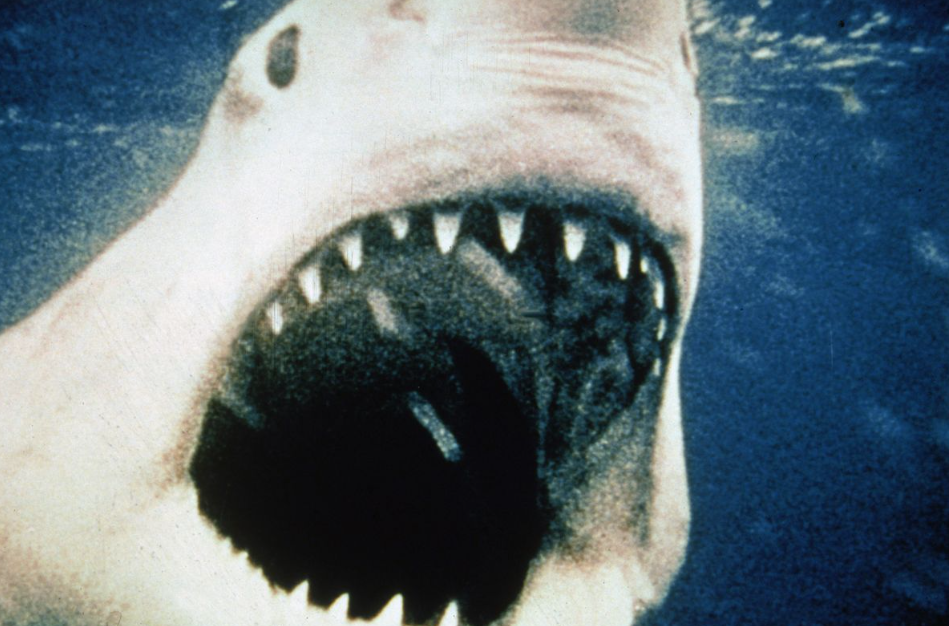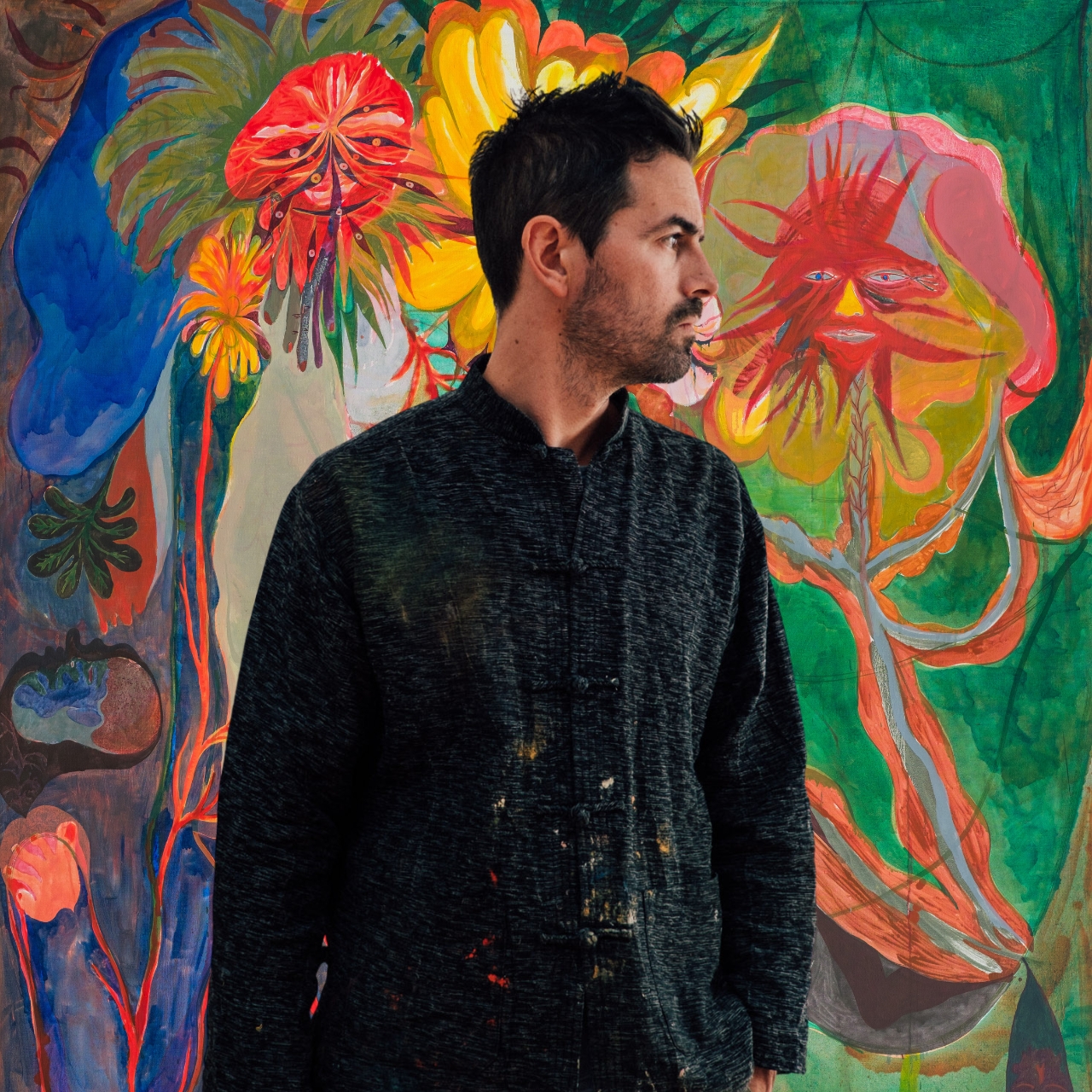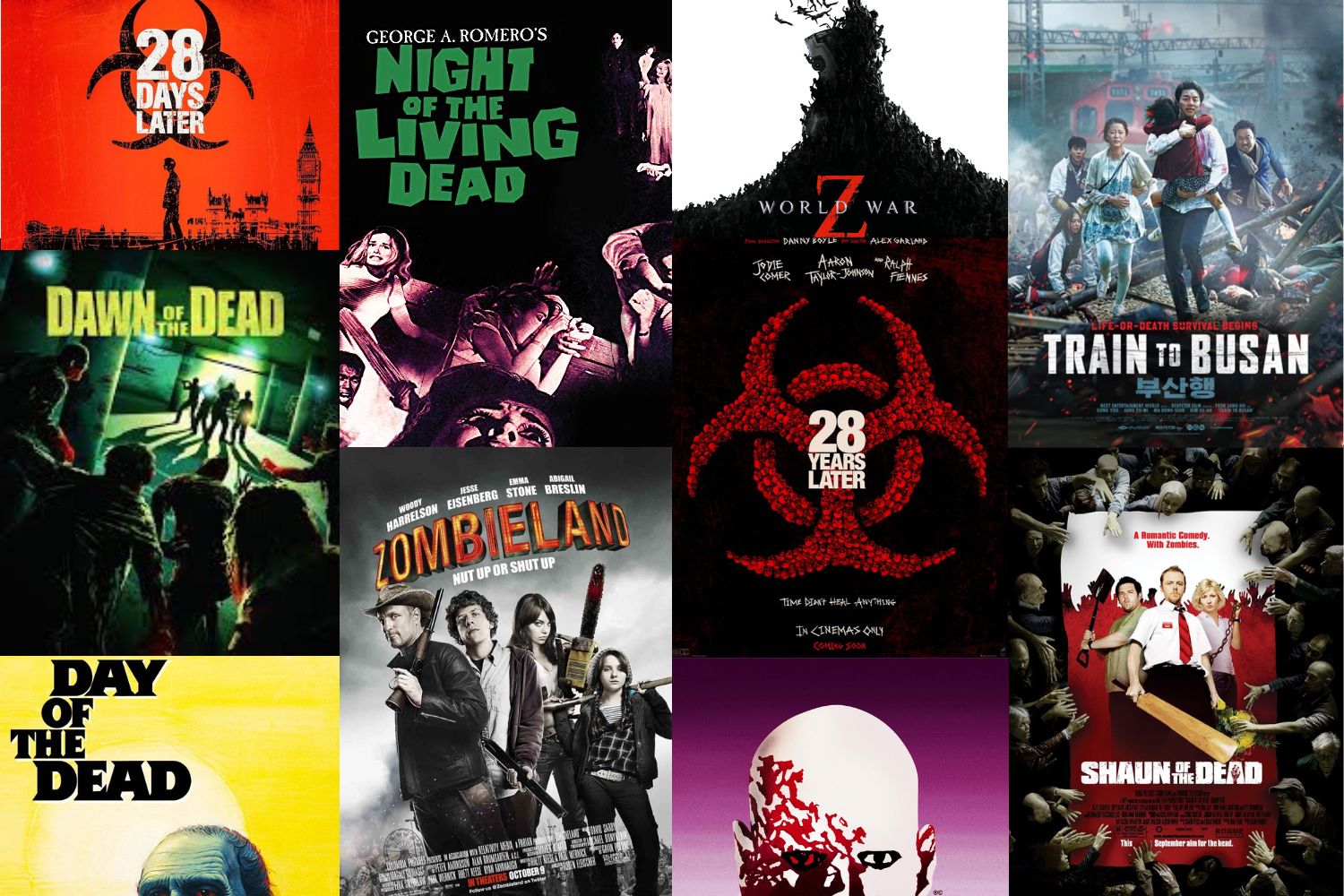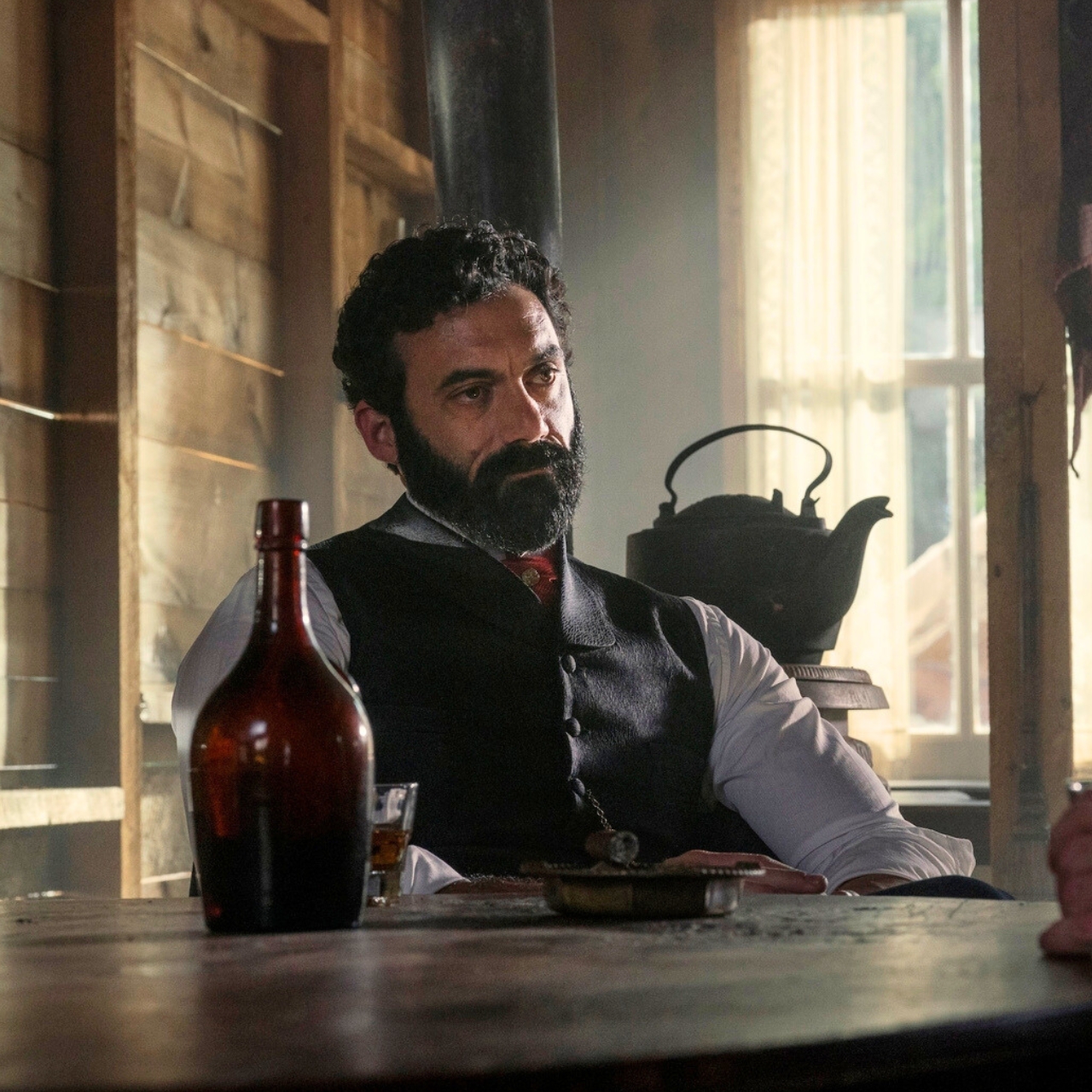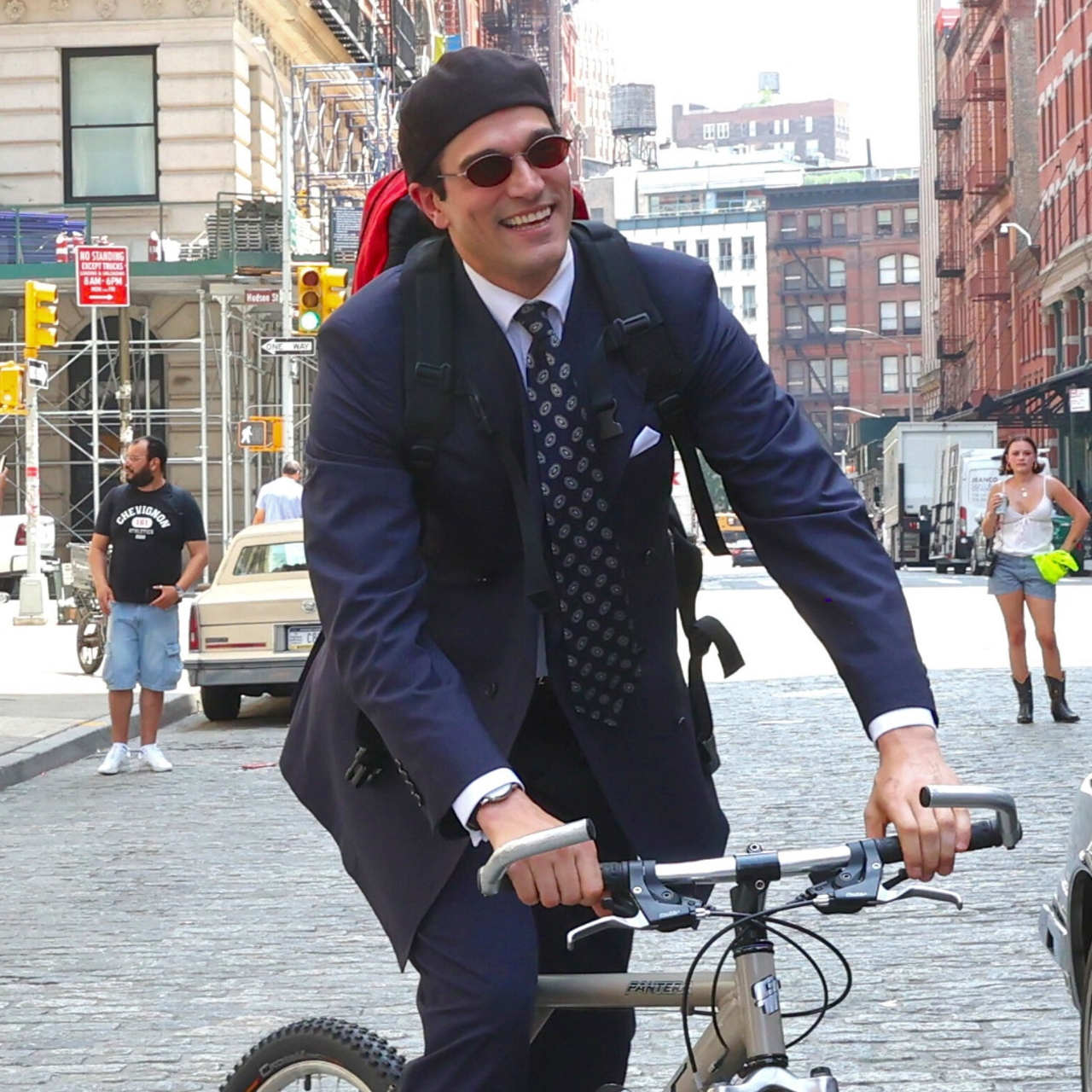THE FIRST TIME I was set to watch The Kid LAROI perform, I never even made it to the show. It was 2018 and, at 15 years old, Laroi was booked to play a few songs for the opening of a JD Sports store in Sydney. It was a pretty standard media event: a few influencers and a live performance by a local artist followed by drinks, nibbles and a lot of hashtagging. But I had little interest in the streetwear on offer; instead, I was there to see a teenager from the inner-Sydney suburb of Waterloo whom I’d heard so much about.
Within Sydney rap circles, Laroi was already being spoken of like a saviour. The most talented kid of his generation, The Kid LAROI ‘could go all the way’, they said. While intrigued, I wanted to judge for myself. After all, when it comes to Australian hip hop, what exactly does ‘all the way’ mean? The next Iggy Azalea? Besides, this precocious teenager had only one song to his name. Nonetheless, I RSVP’d in the hope of finding out what the hype was all about. But, as the afternoon wore on, I came down with a cold and stayed home. ‘No matter, I’ll catch him next time,’ I told myself.
Then, like a phantom, he was gone. Shortly after that JD Sports gig, Laroi signed a deal with Columbia Records that would see him move to the States, first to New York, then on a three-month nationwide tour with the late Juice WRLD, the viral rap sensation who would become his friend and mentor before passing away in his early twenties in 2019. Laroi eventually settled in LA, which he now calls home. In the six-and-a-bit years since that show, he’s gone on to win five Billboard Music Awards, two ARIAs, has been nominated for two Grammys and even has a McDonald’s Happy Meal named after him. In other words, these days your chances of seeing The Kid LAROI perform to an intimate home crowd are about as likely as watching LeBron James play a game of 3x3 at your local park.
When I finally manage to attend a Kid LAROI concert, it’s 2024 and I’m sitting deep in the stands of Sydney’s CommBank Stadium surrounded by 25,000 of his screaming fans. It’s one leg of an epic eight-stop Australian tour that comes off the back of his performance at the NRL Grand Final in October. During a break in the show, the enormity of his achievements appears to dawn on Laroi as he takes off his sunglasses to look out upon his home crowd.
“Well, this is pretty insane,” he says, laughing in disbelief. After a momentary pause, it’s back to work as Laroi moves on to his next song.
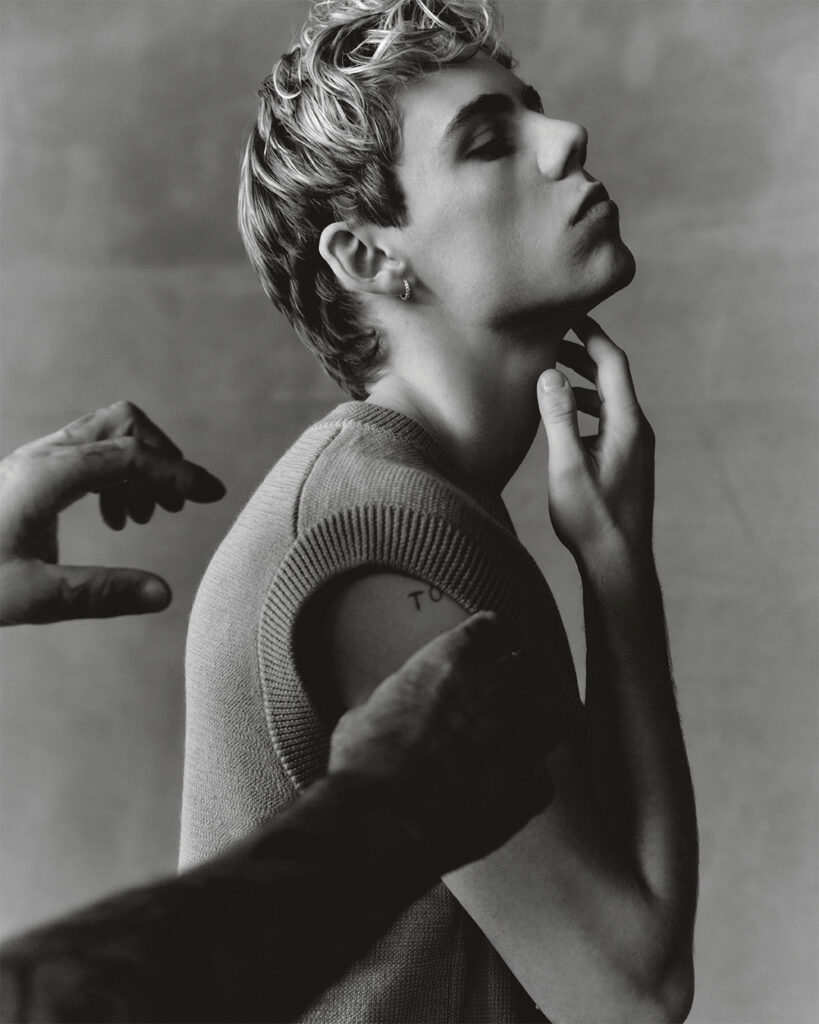
In the trajectory of The Kid LAROI, the stadium tour and the halftime show represent more than just the rapid growth of his fanbase. Alongside a keynote appearance at SxSW Sydney and the opening of a youth foundation, 2024 marked something of a homecoming for the 21-year-old. After several years honing his craft overseas, he returns triumphant. The time away has seen Laroi become not only a bona fide superstar, one who calls Justin Bieber and Post Malone close friends, but he’s more evolved, having grappled with fame and the expectations that come with being a role model.
“In the beginning I used to be scared of that title or the amount of pressure that comes with it,” he tells me. “I used to think that there was pressure being in this position and everyone is expecting me to have the answers. I’m not looking at it as such a scary thing anymore. I’m just doing things when I can and helping in any way that I can.”
He describes the NRL show, in particular, as a “full-circle moment”. “It was the first time in a while that I’ve been extremely nervous to do something,” he says. And it wasn’t just the 80,000 fans watching in the stadium or the millions more watching from home; the show was the triumphant closing of a loop that started in Sydney. A diehard South Sydney Rabbitohs fan, he remembers attending an NRL semi-final on an outing with The Fact Tree Youth Service back in 2018. Fast forward just six years and his name would be on the matchday program.
Turns out, he hasn’t forgotten the JD Sports gig either. “I can remember the outfit I was wearing, too,” he laughs. “It was a gold and white Kappa tracksuit.” He recalls asking the crowd to sit on the floor for one of his songs. “I don’t know if I can remember why I got everyone to sit down, but it was probably a more intimate song. I don’t know. I was a fried little kid!”
Today, he’s decked out in Giorgio Armani as we dress him for the cover of Esquire Australia. That fried little kid has made way for a softly spoken young man who arrives on set with armed security and a polite request for some fried chicken from his beloved Clem’s, the cult Newtown restaurant near where he grew up. Our interview happens later, when he’s back home in LA; his view takes in the Hollywood Hills, where so many icons have built their legacies. But while Laroi now finds himself in the City of Angels, his story begins in the state of New South Wales.
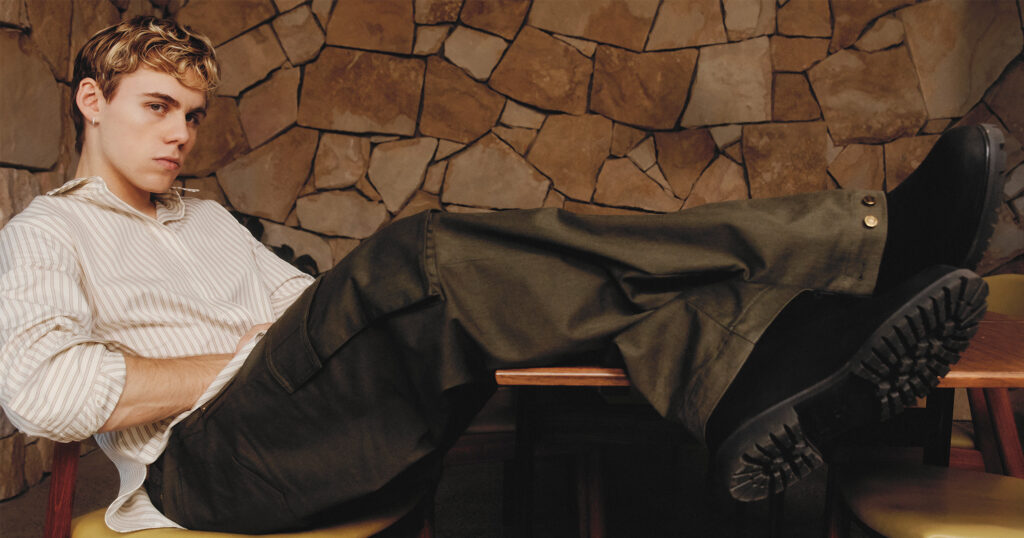
BEFORE HE WAS THE KID LAROI, a stage name inspired by his family’s Kamilaroi heritage, he was MC Six. Born in the Sydney neighbourhood of Waterloo, young Charlton Howard was writing his own bars by the age of six, having grown up listening to his mother play Erykah Badu and 2Pac around the house. Alongside sports – he played Aussie Rules when living near Adelaide then rugby league when in Sydney – music was the constant thread throughout his childhood.
“Music created a world for me when I was a kid,” he explains. “I used to listen to music and watch music videos and felt like I was not in reality, which I always thought was a really fucking awesome thing. Not just awesome, but powerful. You can sit down and listen to music and you can be totally taken away from whatever’s going on in your life and be born into a whole other world.”
His father largely absent, Laroi was raised mainly by his mother and step-dad before, in 2015, his uncle was murdered. Against a backdrop of instability, Laroi’s mother, a Kamilaroi woman who worked in the music industry as a talent manager, encouraged her son to keep focusing on music. More than just a passion, it helped him manage his emotions.
“Music was a really cool way for me to be able to express my feelings,” says Laroi. “To be able to create your own world and express yourself in a way that doesn’t hit the same when you’re talking. Now I’ve opened up myself a lot more to be able to talk a lot more freely. But when I was a kid I wasn’t obsessed with talking about my feelings.”
"GOOD MUSIC will always win no matter what, no matter how LONG it takes"
As part of his development, Laroi was introduced to Blessed, an artist/producer from Sydney and one part of the then-collective Dream Big. Laroi was 13 years old and Blessed 24. “I knew something was different about him,” says Blessed, looking back. “The way that he was so fascinated by music and sounds. He’d literally just sit in my studio and watch me make beats for hours and ask all sorts of questions. From the moment I met him, I knew that he had some special quality about him. He would honestly just come hang around and just watch everybody work. I guess that was his way of soaking up talent from other people.”
The pair started working on what would become Laroi’s debut project, aptly named 14 with a Dream. It wasn’t just the work ethic that impressed Blessed, but the maturity with which Laroi approached being an artist.
“I mean, honestly, genius is probably the closest word you can put to it,” he says. “Even at that age, he knew what sounds he wanted, what sounds he didn’t want. He was also very conscious of the type of music that he wanted to put out.
“The reason a lot of people do things is because of the ‘what’, and then there’s a very small selection of humans that do things because of the ‘why’. Laroi does things very intentionally. To meet a kid that young, with that much self-awareness and that much artistic integrity, it just shows he’s exactly where he deserves to be.
“At the time his ‘why’ was, first of all, to get his family into a better situation,” continues Blessed. “Which he was able to do through moving to the States and signing [his record deal]. That was his initial ‘why’. And then, at the foreground of that, it was definitely being able to put Australian hip hop on a global scale. He always would talk about that, even at 14, 15 years old, wanting to be able to represent Australia on a world scale and to bring more attention to the artists here.”
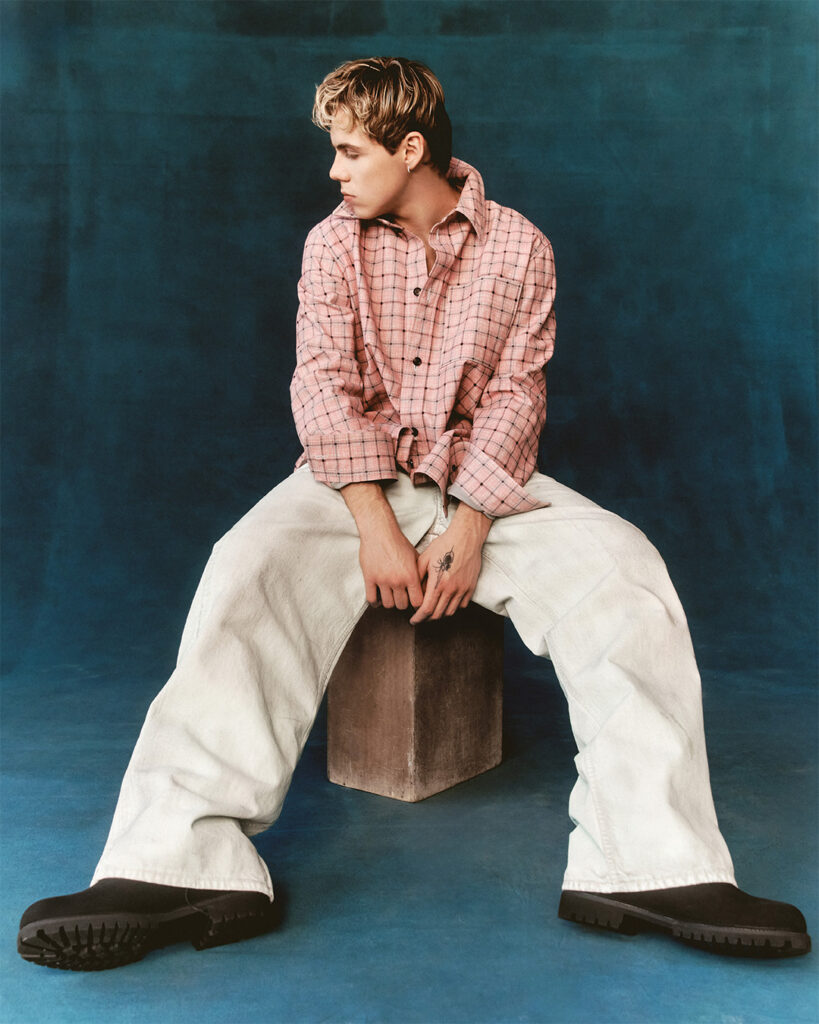
Alongside Laroi and Blessed at Dream Big was an artist called Semiirè (JD). A kind of big brother to Laroi, Semiirè would lend Laroi his laptop so he could experiment with making beats himself. “We’d be talking,” says Semiirè, “and he’d be researching and googling everything that we were saying, trying to understand it and learn.”
Semiirè remembers a young boy who was “already 10 steps ahead”. He barely had a project to his name, but Laroi was plotting his next move, anticipating evolving beyond hip hop into other genres. “It wasn’t a game for him,” says Semiirè. “He knew exactly where he wanted to be . . . The sound that we hear from him now, he wanted to do that when he was 13 years old. He was making alternative indie songs already,” adds Semiirè, nodding to the sonic diversity of Laroi’s most recent album, “and he was like, ‘This is going to be me when I’m older’.”
For Laroi, the Dream Big studios became his Gladiator school. Honing his craft with instruction from his elders, Laroi was growing – but he knew he still needed experience in the
outside world. So he started sending his music to various celebrities online, in the hope it
would reach the right person. Semiirè says Laroi even spoke about meeting and working with Juice WRLD and the director Cole Bennett – a scenario that would eventuate soon after and become a turning point in Laroi’s evolution. “He manifested everything he did,” says Semiirè. One of Laroi’s callouts would fall into the hands of Petrina Convey, the former vice president of artist development and cultural marketing at Sony Music Australia. In 2018, a competition to work with American record producer Jermaine Dupri was circulating online so Laroi uploaded a short freestyle. It was doing the rounds in the Sony offices and Convey was asked for her opinion.
“I was like, ‘There is no way this kid has written this at 12’,” recalls Convey. “He was just so good. We ended up setting up a meeting with him and his mom, and he came in for a small performance. He was just a little kid but he blew us away. Even at that age, he was an old soul. He knew what he wanted and where he wanted to go. He was quite an extraordinary young man.”
Still, while the talent was undeniable, the route was somewhat uncertain. “If you were an [Australian] rapper, there was nobody that had gone beforehand that had broken internationally. So, there was no clear pathway,” explains Convey. “When you work at a record company, everybody you work with from Australia, you hope they get that international recognition. But for people making music like him at the time, it wasn’t super clear what that path could look like.”
It wouldn’t take long before Laroi’s path would emerge. After signing with Sony Music Australia, he was picked up internationally by Columbia Records and flown to New York. I can remember the time myself. It wasn’t long after the JD Sports gig and Laroi posted a picture to Instagram of him recording from the same studio 2Pac used in New York back in the ’90s. I knew then that the local talent simmering away in Sydney’s Waterloo now belonged to the world. Within a few months Laroi was touring America as part of Juice WRLD’s Death Race for Love tour.
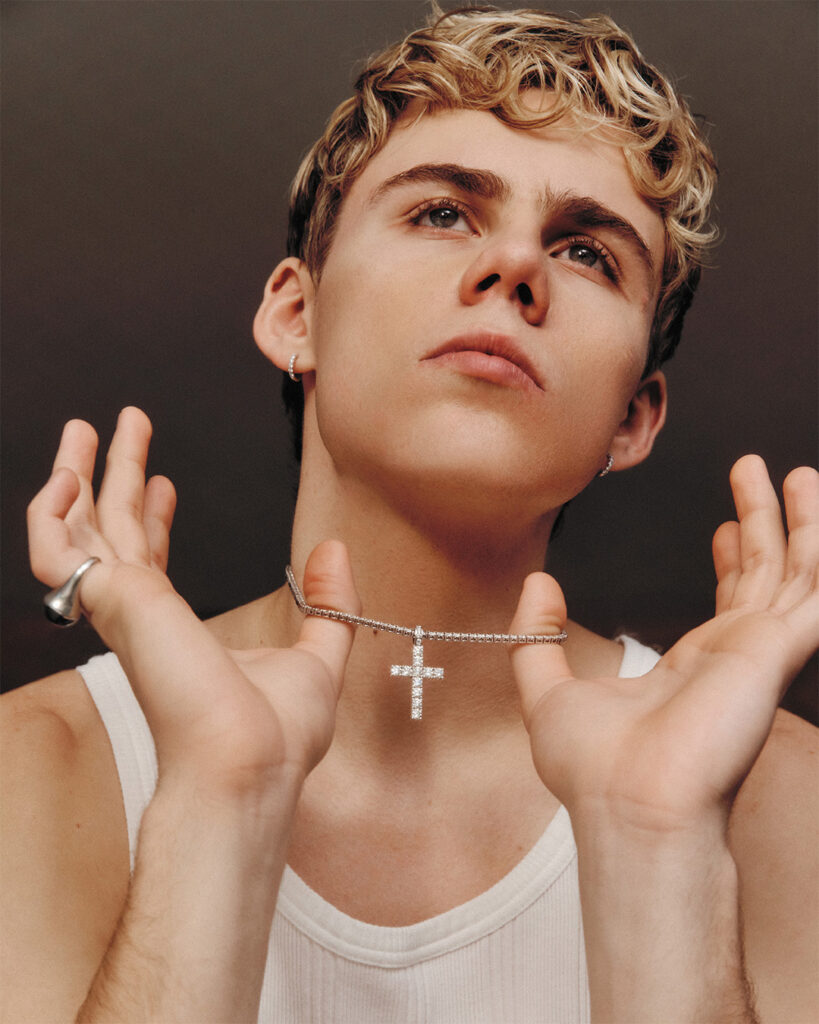
FOR A YOUNG MAN who appears accustomed to success, The Kid LAROI has experienced his fair share of loss. It’s this dichotomy that’s explored throughout his discography: the joy and sense of discovery that comes with youth, coupled with the sacrifice and tragedy that Laroi has endured in getting to where he is.
It seems each step of his journey has been marred by some episode of personal grief. As he was finding his way as a young artist, he encountered the death of his uncle. Then, after moving to the States to progress his career, he found himself taken under the wing of Juice WRLD, an artist navigating the journey of fame just a few steps ahead of Laroi. A few years into their friendship, Juice WRLD would die of an overdose, six days after his 21st birthday. Laroi, who was 17 at the time, was with Juice when he passed.
Then there’s the pressure and weight of expectations that come with success. While most teenagers were enjoying the carefree days of youth, Laroi was learning what it means to become a provider. “It’s not a ‘poor me’ type situation,” he says. “Obviously I’m very blessed that I love what I’m doing. But when I signed my record deal in New York, I think I was 15 years old. It’s like, ‘Now you have a bunch of money, you’re taking care of a bunch of people’. There’s that responsibility alone where it’s like, If I fuck up or something goes wrong with me, everyone else goes down too.”
Laroi isn’t exactly a child star, like a Miley or Zendaya, but his arc isn’t far off. In some ways, it could be viewed as more extreme. At least, a child star often has their teenage years to get used to the perils and pitfalls of fame. Laroi, on the other hand, was thrust from relative obscurity, at 15, to global fame within just a few months. With no time to prepare, he went from brainstorming ideas with Blessed and Semiirè in Sydney to sitting in a mansion in LA, preparing for his first tour.
Upon linking with Juice WRLD, Laroi was catapulted into the centre of the late SoundCloud generation – the hugely popular DIY wing of hip hop popularised in the 2010s by the likes of Lil Peep, XXXTentacion and Juice WRLD. With the support of Juice and Cole Bennett, the voracious fanbases circulating around the subgenre embraced The Kid LAROI, not as an outsider but as though he’d been part of the crew all along. It was within the first year of moving to the States that his hit song ‘Diva’, ft. Lil Tecca, with video directed by Bennett, went viral on its way to becoming a platinum hit. (It’s worth noting that, with the notable exceptions of Playboi Carti and Lil Yachty, of all the stars that formed the so-called SoundCloud generation, few have had the staying power of Laroi.)
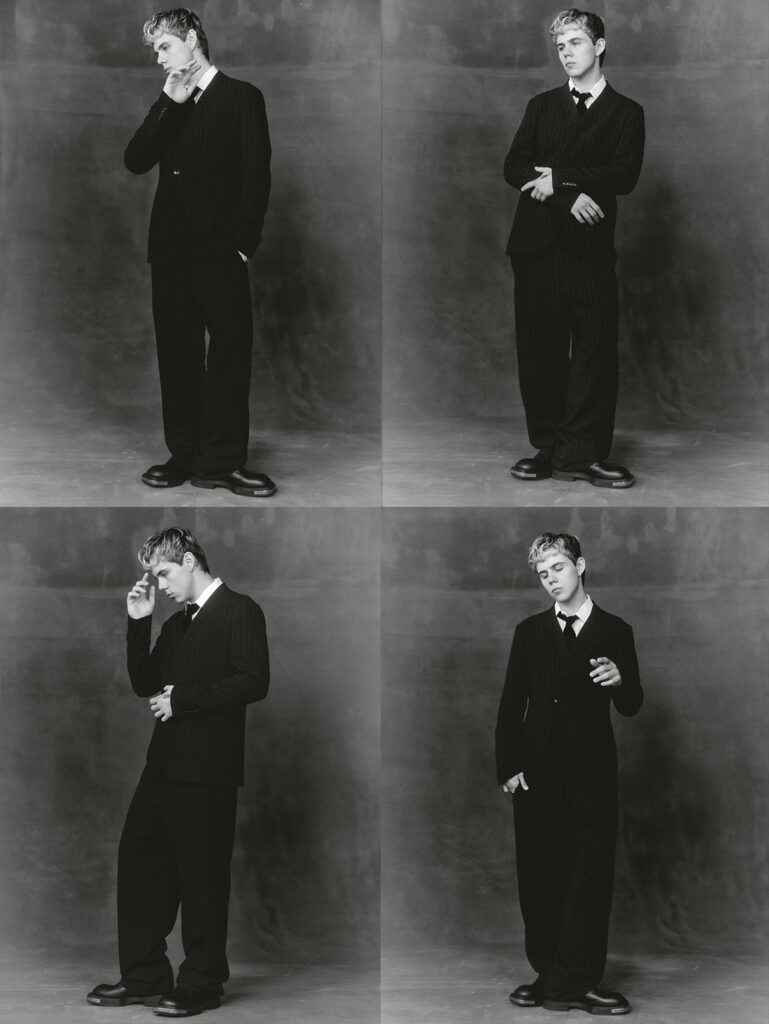
Defined by steady work, 2020 became Laroi’s breakout year. He released 10 singles before his first major breakthrough – the insanely catchy ‘Without You’, featuring Miley Cyrus, became a mega hit, scoring him his first No.1 in Australia. Next came his debut mixtape Fuck Love, on which he unleashed a hugely successful formula of melodic rap punctuated with pop-infused hooks. There was an endearingly vulnerable sense of melancholy, spliced with enough rebellion to make it subversive. But it was 2021’s ‘Stay’, with Justin Bieber, that sent things into the stratosphere. Topping the charts in eight countries, the song is certified platinum 17 times in Australia. The Kid LAROI had officially gone from burgeoning rap star to global pop star.
Then, just as everything was going to plan, the momentum came screeching to a halt. Having tasted meteoric success, Laroi found himself in a creative rut. The sense of certainty that had governed the early steps in his career made way for self-doubt. What followed was a rare period of inactivity: Laroi didn’t release a project for the next two-and-a-half years.
“After everything really took off to another level with ‘Stay’, I was very confused with what I wanted to do as an [artist]. I just want to make fucking good music that I love and I’m proud of. And there’s the part of you, especially being 17, 18 at the time, where you’re like, All right, do I just do what everyone wants me to do?
“And do I do it and not be sure of it? Or do I make what I want to make? I was like, Okay, fuck, I’ve got to make an album now, but I don’t really know what I want to make. I like so many different things. I grew up on a lot of hip hop. But I also love pop music. I love all these different things.
“I was very overwhelmed with success and expectations,” he continues. “I wasn’t clear on what I really wanted, and there’s also 700 different opinions and people who are in your ear about what the next move is.”
“I feel VERY FREE. I feel like I had to go through whatever was going on BEFORE to get to where I’ve come THIS YEAR and beyond”
He had two possible paths forward. The first was relatively frictionless: double down on the proven formula – maintain the hints of emo but keep it rap. After all, it was working fine so far. Give the people what they want! But, for Laroi, following the crowd had never been part of his formula. With the ability to build entire worlds inside his imagination, music was about more than just making hits.
“My philosophy is everything starts with the music and you have to love the music,” he says. “You have to believe something’s great. Obviously everyone wants their music to be successful, but it needs to be rooted in love and love for the art and then you think about all that stuff afterwards. What I do know is that good music will always win no matter what, no matter how long it takes.”
So Laroi waited patiently until, in November 2023, he had something he was proud of. “I finally made something that I was like, You know what? Fuck everything else. I fucking love this and it’s a little different to what I was doing, but this is where I’m at in my life. We’re going to put this out.”
The resultant album, The First Time, takes Laroi to places he’s never been. Whereas its predecessor is all teenage angst punctuated with spiteful, punchy raps, The First Time feels more like the complete story. The lyrics are less impulsive and more thoughtful and the production far more diverse, as the Mustard beats make way for moments of acoustic guitar and piano from Robert Glasper. It’s an album not created for the immediate gratification of an algorithm but, rather, one that straddles both worlds, old and new. It’s not like Laroi has disavowed the modern playbook – there are still TikTok hits like ‘What Just Happened’, and Laroi was savvy enough to seek contributions from K-pop’s Jungkook, as well as the UK’s current golden boy Central Cee. But the album is defined by its other, more understated moments, like the heartbreaking ‘Bleed’ or the introspection on ‘Where Does Your Spirit Go?’ Rather than self-consciously creating, or recreating, a sound tailored for social media, Laroi took a timeless approach.
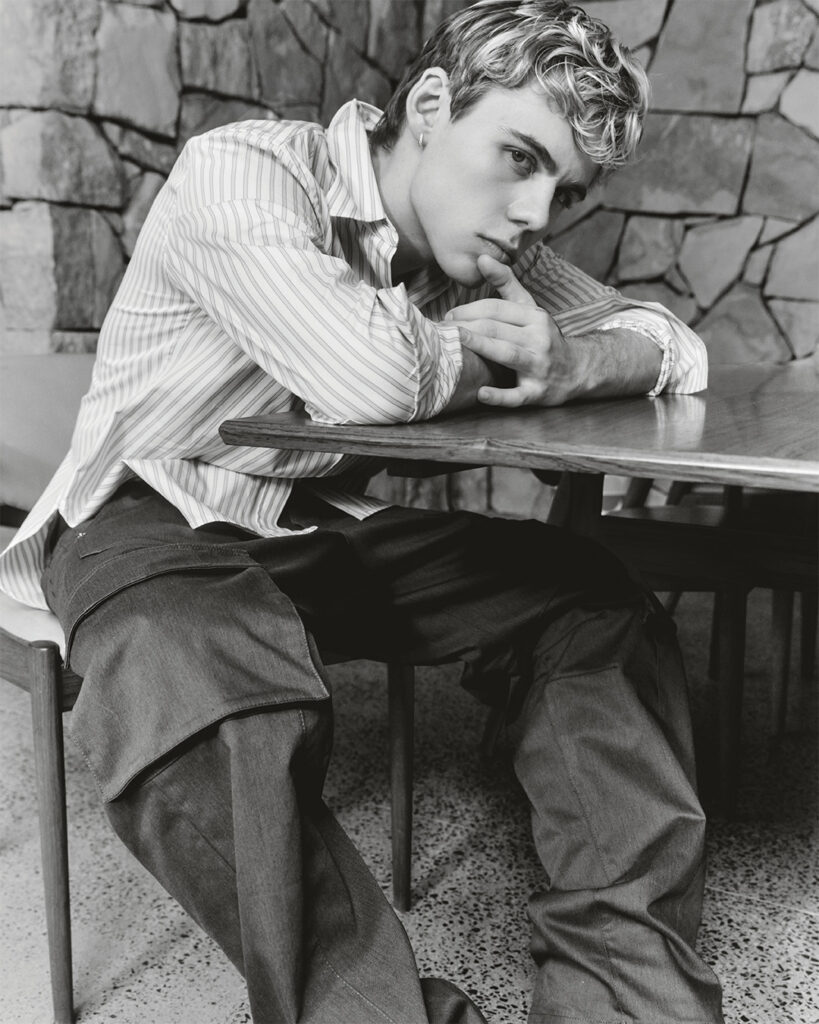
The reaction was positive without being overwhelming. There wasn’t, Laroi says, the dopamine hit of crazy first-week sales like he’d had in the past. With this album, however, there was a slow build, a gradual momentum that saw songs like ‘Nights Like This’ take off months after release. It was as if Laroi had led his fanbase, and indeed himself, to uncharted territory and everyone needed time to catch up.
“I get chills thinking about it,” he says. “Because it was a reminder at a time when I was very confused as to what am I supposed to do here. Do I have to sacrifice certain things about the art for it to do well? I don’t want to do that, but I’m being pulled in this direction, in that direction. And this album, it was more than just music to me. It really reminded me, like, ‘Hey, you have the instincts’. It reminded me why I love making music.”
The album became a breakthrough for Laroi. Not quite the barnstorming moment provided by ‘Stay’, but proof perhaps of something more meaningful: The Kid LAROI is here for the long haul. More than a one-hit wonder, he’s achieved what so many artists dream of: he followed his heart rather than the market and was rewarded. Laroi says it’s afforded him a sense of creative freedom moving forward.
“I feel very free,” he tells me. “I feel like I had to go through whatever was going on before to get to where I’ve come this year and beyond.”
“So many record labels are looking for the next Kid LAROI. There will NEVER be another Kid LAROI. He’s a once-in-a-lifetime artist”
And so, with his creativity unshackled, Laroi enters a new chapter. No longer the teenage
phenom wowing executives in boardrooms, the Australian enters his peak years as a proven
quantity in global music. There’s a maturity to him now, a sense of ease that comes with
knowing he belongs. Aligned with this shift is an aesthetic makeover. His hair evolved beyond the early buzz-cut days to the pink dye, which was replaced by long wavy curls. Now, he sports a more classic short-blond look reminiscent of a young Leo. Meanwhile, the streetwear of his Fuck Love era has morphed into something more sophisticated. As with his collaboration with famed Sydney brand Song for the Mute on his recent Australian tour, he’s discerning about the brands he chooses to wear. In all, it’s a look that, like his music, is less in your face, more elegant. Just look at our cover shot: a sartorial signal of The Kid LAROI 2.0.
Alongside his stylistic evolution, Laroi is moving beyond music into acting. Between sets at Coachella last year he flew to and from New Jersey to shoot scenes for the A24 movie Y2K in which he plays a “soccer jock”.
“He’s kind of a dickhead. That’s his vibe,” laughs Laroi. “I would love to do more acting. This was just stepping my foot in the door a tiny bit. This movie was so fun to make and it’s just ridiculous.
“I’m really excited about this new era of stuff that I’ve got,” he continues. “I’m ready to go hard. There was a point through The First Time . . . where I felt so confused by everything, that I felt very beat down. Everything was just negative . . . Fuck everything, I don’t even want to fucking do music anymore. And as a result of that, we got a really sick album.
“But now, I’m like, I’m ready to go hard again! I don’t want to sound like a cornball, but I’m ready to grind again. You know what I mean? I’m really fucking ready to put in the work and have fun doing it. I always say that, as an artist, everyone gets in ‘cool jail’ too much. Everyone gets to a point where they think, Oh, I have to not try too hard. I’m like, ‘I’m fucking trying hard!”
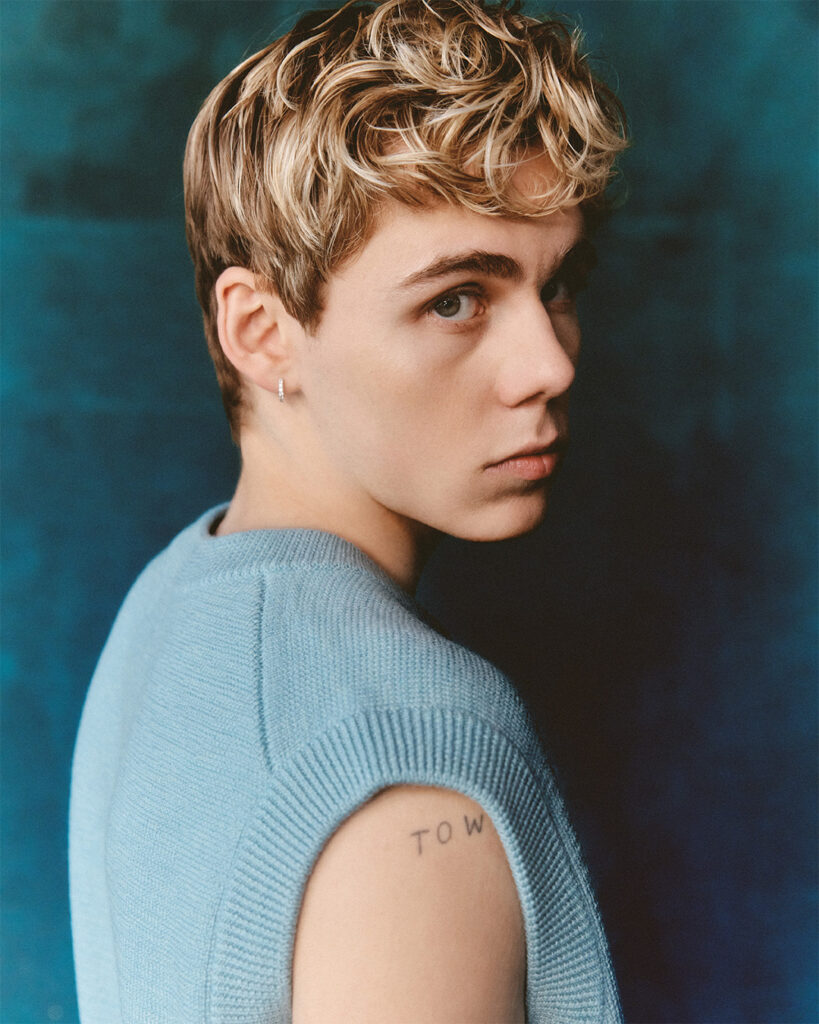
DURING THE WRITING of this story – indeed, ever since that JD Sports gig all those years ago – I have set out not only to track Laroi’s journey so far but, perhaps more importantly, to quantify just how talented he really is. How big a role has luck played in the journey? And, to what extent has he been carried on the wings of others towards greatness? After all, accolades like awards and streaming numbers are one thing, but transcendental talent is something else entirely. In an era when algorithms are made to be cracked and stars can materialise out of nowhere – and disappear just as quickly – it’s talent and consistency that will determine longevity.
So, just how good is The Kid LAROI?
From those who know him, a few accounts have stood out. There’s Semiirè and Blessed, who will throw around the words ‘star’ and ‘genius’ casually when talking about Laroi. But hindsight is 20/20. Then there’s Lil Bibby, the Chicago drill rapper turned label exec who signed Laroi to an albeit brief management deal. Having never been to Australia or met him in person, Bibby was resolved to sign Laroi after listening to five seconds of his early track ‘Blessings’. Hearing a 15-year-old switch his flow halfway through a hook was proof of something special.
“Once I heard that, I knew: I needed this kid,” explained Bibby in a 2020 interview with VladTV. “I know music and I know how hard it is to do that.”
And if you respect the word of Zane Lowe, Apple Music DJ and all-around music tastemaker, then Laroi’s talent level is generational. The Apple Music host saw Laroi perform at 15 and was blown away.
“I walked out and me and my friend [label exec] JJ Corsini, who was with me that night, we looked at each other and we said, ‘Damn, if we were ever going to build something together, we would build it around that guy’.”
But for me, it’s Convey’s assessment of her former protégé that will stick in my mind long after this story goes to print.
“I don’t know if you believe in God or if you believe in the universe,” she tells me. “But there is something in that young man that is . . . you can’t explain it. This is what he’s meant to do and this is the path that he’s on and the path that he is meant to be on. Talent like his is rare. And I think one of the main things about him is, not only is he incredibly talented, it is almost like when he is writing, he is channeling something otherworldly.
“It’s funny: now, so many record labels are looking for the next Kid LAROI. There will never be another Kid LAROI. He’s a once-in-a-lifetime sort of artist.”

Photography: Michael Comninus
Styling: Grant Pearce
Creative direction: Nick Vernet
Fashion Assistant: Laura Annis-Brown
Style Assistant: Ted Smith
Grooming: Johnny Stuntz
Features Editor: Amy Campbell
Art Director: Cathryn Zhang
Digital Director: Arielle Katos
Videographer: Jasper Karolewski
BTS: Adam Kargenian
Digi Op: Alex Waugh
First Photo Assistant: Glen Michael
Second Photo Assistant: Jordan Warne
Producer: Sofia Sallons
The autumn 2025 issue of Esquire Australia is on sale now. Find out where to buy the issue here.




